As the United Kingdom prepares to leave the European Union on Friday, here's a look back at how we got there.
January 1st, 1973: The United Kingdom, the Republic of Ireland and Denmark join the European Economic Community (EEC).
June 5th, 1975: Unhappy with the terms negotiated by the Conservative government of Edward Heath, the Labour government under Harold Wilson holds a referendum on EEC membership. British voters approve membership of the EEC by 2 to 1.
September 20th, 1988: British prime minister Margaret Thatcher makes her famous Bruges speech in which she says Britain will not support closer union between the UK and Europe. She declares: "We have not successfully rolled back the frontiers of the state in Britain, only to see them re-imposed at European level, with a European super-state exercising a new dominance from Brussels". Rows over Britain's relationship with Europe will dominate the Conservative party for the next three decades.
January 23rd, 2013: Under pressure after the success in local and European elections of the UK Independence Party (Ukip), British prime minister David Cameron commits Britain to an in-out referendum on EU membership. He pledges to do so after negotiating a new arrangement with the EU. He promises the referendum if the Conservative Party wins the 2015 British general election. At the time the Conservatives are in coalition with the pro-European Liberal Democrats party which has ruled out such a referendum.
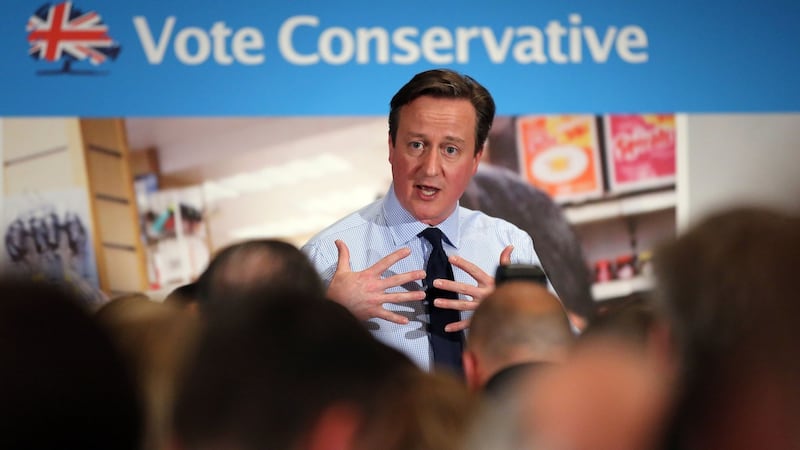
May 7th, 2015: Against all the odds, the Conservative party wins a majority in the British general election. Cameron says he will make good on his promise to hold an in-out referendum in the first half of the parliamentary term.
February 16-17th, 2016: Cameron gets a deal at the EU summit. The UK is offered an exemption from ever closer union and EU migrants are not allowed to claim benefits for four years after arriving in Britain. However, there was no give from the EU on Cameron's fundamental demand for an end to freedom of movement to restrict the number of immigrants coming into Britain from the EU. The deal is roundly condemned in the Eurosceptic British press.
February 20, 2016: Cameron announces that the referendum will be held on June 23rd, 2016. Reluctantly, he says, he will campaign to remain, but he quickly loses two key cabinet colleagues, Boris Johnson and Michael Gove, who announce that they will campaign to leave.
June 23rd, 2016: The UK votes to leave the EU by 51.9 per cent to 49.1 per cent. England and Wales votes to leave. Scotland votes strongly to remain (62:38) as does Northern Ireland (55:45). Cameron resigns and Theresa May, a remainer, becomes British prime minister.
August 10th, 2016: Then Northern Ireland first minister Arlene Foster of the pro-Brexit Democratic Unionist Party, and deputy first minister Martin McGuinness of anti-Brexit Sinn Féin, write to May telling her that the Irish Border after Brexit must not become a catalyst for illegal activity or "does not create an incentive for those who wish to undermine the peace process and/or the political settlement".
January 17th, 2017: In a speech at Lancaster House in London, May sets out her government's plan for a hard Brexit and draws the UK's red lines for a deal with the EU. She insists that the country plans to leave the EU single market and the customs union and promises to negotiate the freest possible trade" with EU counties after Brexit. She argues that "no deal for Britain is better than a bad deal for Britain".
March 29th, 2017: May formally triggers Article 50 for the UK to leave the European Union. Two years hence, March 29th, 2019, is set as the date for the UK's departure.
June 8th, 2017: May calls a snap British general election to achieve a renewed mandate for her Brexit negotiations, but it turns out to be a disaster for the Conservative party. A resurgent Labour deprives her of a majority and she becomes dependent on the Democratic Unionist Party for support. The Tories and DUP enter into a confidence and supply arrangement at Westminster.
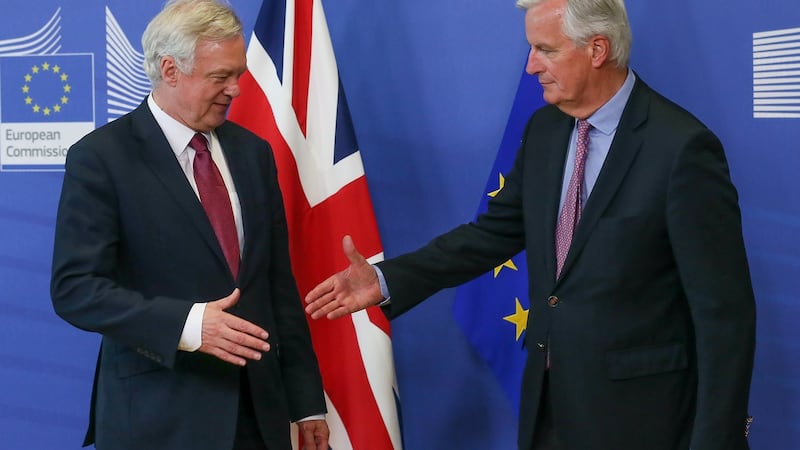
June 19th, 2017: Formal Brexit negotiations begin between the EU and the UK.
September 22nd, 2017: In a speech in Florence, May says she would like a transition period or "implementation period" of two years after the UK leaves the EU when all rules will remain the same. She rules out a future trading relationship with the EU where the UK would be in a member of the European Economic Area like Norway saying it would be too restrictive or an EU deal with Canada, which would take too long to negotiate.
December 8th, 2017: The EU and the UK negotiating teams agree a protocol on Northern Ireland. It states there will be "specific solutions to address the unique circumstances of the island of Ireland" to avoid a hard border. They envisage full regulatory alignment with EU customs union and single market rules to avoid a hard border in Ireland. The backstop is born and will enter the lexicon for the next two years.
March 1st, 2018: Theresa May declares that the UK will be leaving both the single market and the customs union. She also states the UK will no longer come under the jurisdiction of the European Court of Justice. Her so-called Mansion House speech declares that there will be no hard border in Ireland. "But it is not good enough to say, 'We won't introduce a hard border; if the EU forces Ireland to do it, that's down to them'. We chose to leave; we have a responsibility to help find a solution." The UK will find no technological solutions to a hard border.
March 19th, 2018: The EU and UK agrees a withdrawal deal including the "backstop" for Northern Ireland that would effectively keep the North in the customs union and the various parts of the single market to avoid a hard border with the Republic of Ireland if no other solutions were found in a future trade deal. The two sides agree a transition period from the March 29th, 2019 to December 31st, 2020.
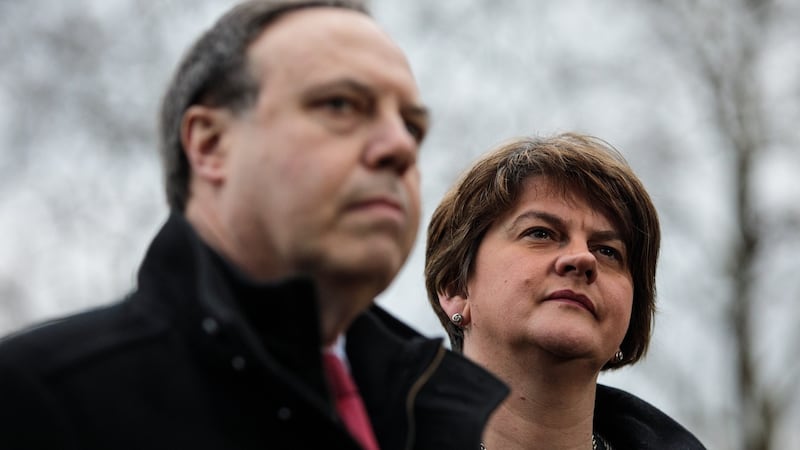
April 26th, 2018: The DUP warns Theresa May that it will bring down her government if Northern Ireland is forced to stay in the EU customs union or single market after Brexit.
July 6th, 2018: May develops her Brexit plan with cabinet ministers at the prime minister's country residence at Chequers, planning to maintain "common rulebook for all goods" with the EU after Brexit and a combined customs territory and free trade area between the EU and the UK.
July 8th & 9th, 2018: May's Brexit secretary David Davis resigns over her soft Brexit proposals set out in the Chequers plan saying that it was "giving away too much and too easily" to the EU in the negotiations. Dominic Raab takes over as Brexit secretary. Boris Johnson resigns as foreign secretary claiming that the UK was heading "for the status of a colony" under May's Chequers plan.
September 2nd, 2018: The EU's chief Brexit negotiator Michel Barnier rejects the Chequers plan saying that May's idea for a "facilitated customs arrangement" to collect and pass on tariffs to Brussels on EU-bound goods passing through the UK would illegally relinquish control of the EU's external borders and revenue. He argued that the common rulebook on goods would kill the European project.
November 14th, 2018: The EU and the UK conclude a draft withdrawal agreement which will see the UK remain within the customs union, but Northern Ireland would also remain within the single market until a comprehensive trade agreement is concluded. This is designed to prevent a hard border in Ireland, but there are huge objections both from the DUP and from Tory Eurosceptic MPs who fear that the arrangements will bind the UK to the EU indefinitely. DUP MPs reject it on the basis that it will separate Northern Ireland from the rest of the UK.
November 25th, 2018: London and Brussels agree a new withdrawal agreement that extends the scale of the backstop to keep the whole of the UK, and not just Northern Ireland, closely aligning the UK with EU customs rules with some regulatory differences between Northern Ireland and the rest of the UK that would mean some checks on goods crossing the Irish Sea to the North. The DUP and Tory Brexiteers reject the plan.
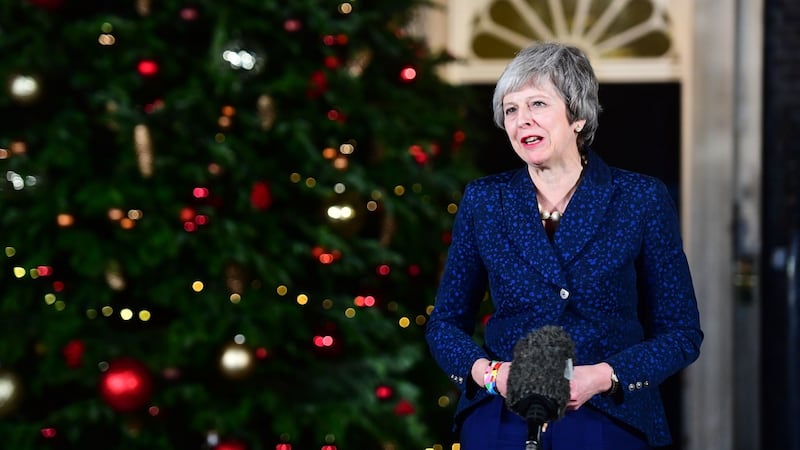
December 12th, 2018: May survives an attempt by Tory MPs to remove her in a vote of no confidence. She survives by a vote of 200 to 117 in a secret ballot.
January 15th, 2019: The first "meaningful" vote on Theresa May's withdrawal agreement is emphatically rejected. The 432 to 202 vote is the largest defeat for any British government in more than a century.
February 6th, 2019: European Council president Donald Tusk says there will be "a special place in hell" for politicians who promoted Brexit without any plan for how to deliver it.
March 12th, 2019: The withdrawal agreement is defeated for a second time time by 391 votes to 242.
March 14th, 2019: With no hope of breaking the deadlock in parliament, MPs vote for a Brexit extension from March 31st to October 31st.
March 29th, 2019: The withdrawal agreement is rejected a third time by 344 vores to 286.
April 5th, 2019: May writes to Tusk seeking an extension of the Article 50 Brexit process to June 30th.
April 10th, 2019: EU leaders agree to extend Brexit until October 31st, 2019, but offers a "flex-tension" where the UK can leave by the end of June if the House of Commons approves the withdrawal agreement. Referring to the near six-month extension, Tusk tells the UK: "Please do not waste this time"
May 24th, 2019: Theresa May announces her resignation.
July 24th, 2019: Boris Johnson is elected as British prime minister and vows to open the withdrawal agreement and "bin the backstop". He also declares that Britain will leave the EU on October 31st come what may.
September 4th, 2019: Alarmed by the prospect of a no-deal Brexit, MPs pass the Benn Bill which prevents Britain leaving without an agreement with the EU.
September 5th, 2019: Johnson said he would rather be "dead in a ditch" than ask the EU for an extension beyond October 31st.
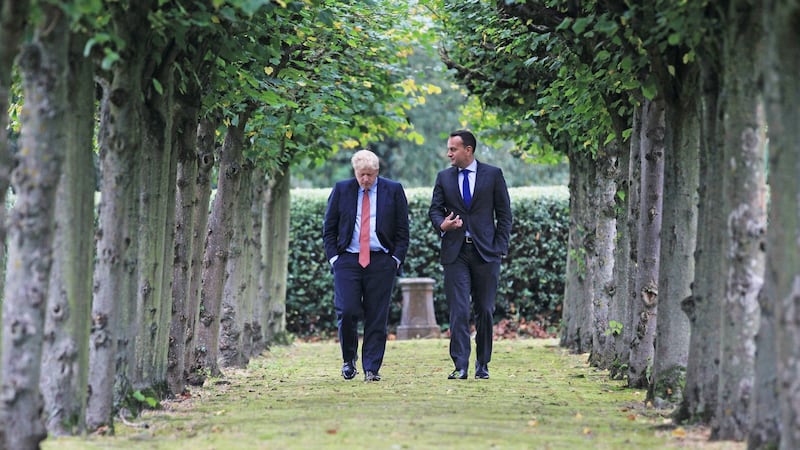
October 10th, 2019: Johnson and Taoiseach Leo Varadkar meet in Wirral outside Liverpool in an attempt to break the deadlock on Brexit. The pair hold face-to-face talks without officials present. They reach a historic agreement which will see customs checks between Great Britain and Northern Ireland - something Johnson vowed he would never do. The threat of a hard border and a no-deal Brexit recedes. The DUP said they will vote against the deal.
October 17th, 2019: Johnson agrees new Brexit deal with the EU though he has little chance of getting it through the House of Commons having lost 45 MPs.
October 19th, 2019: The deal is again rejected by MPs and Johnson requests another Brexit extension, this time until January 31st, 2020.
October 28th, 2019: Boris Johnson gets the required majority in parliament to call a general election. He names the date as December 12th.
November 12th, 2019: A new withdrawal agreement states there will be a transition phase in which the UK will remain part of the single market and customs union until December 31st, 2020. This will allow for trade negotiations to take place.
December 12th, 2019: Campaigning on a pledge to get Brexit done, Boris Johnson wins an overall majority of 80 seats, comfortably getting a mandate to take the UK out of the European Union.
January 23th, 2020: The European Union (Withdrawal Agreement) Act is given royal assent after comfortably passing through all parliamentary stages. The bill makes it illegal for any extension to the transition period beyond December 2020. EU officials including trade commissioner Phil Hogan state that the 11 month timetable to achieve a future trade agreement is unrealistic and the UK will ask for an extension.
January 29th, 2020: The European Parliament approves the Brexit Bill.
January 31st, 2020: The UK leaves the European Union at 11pm.










